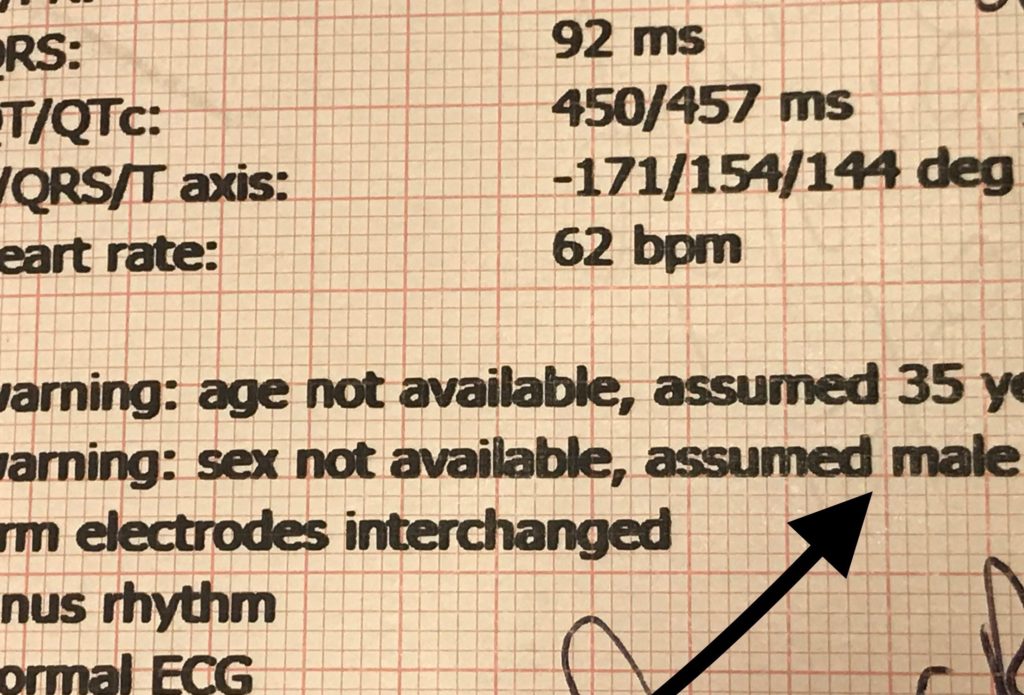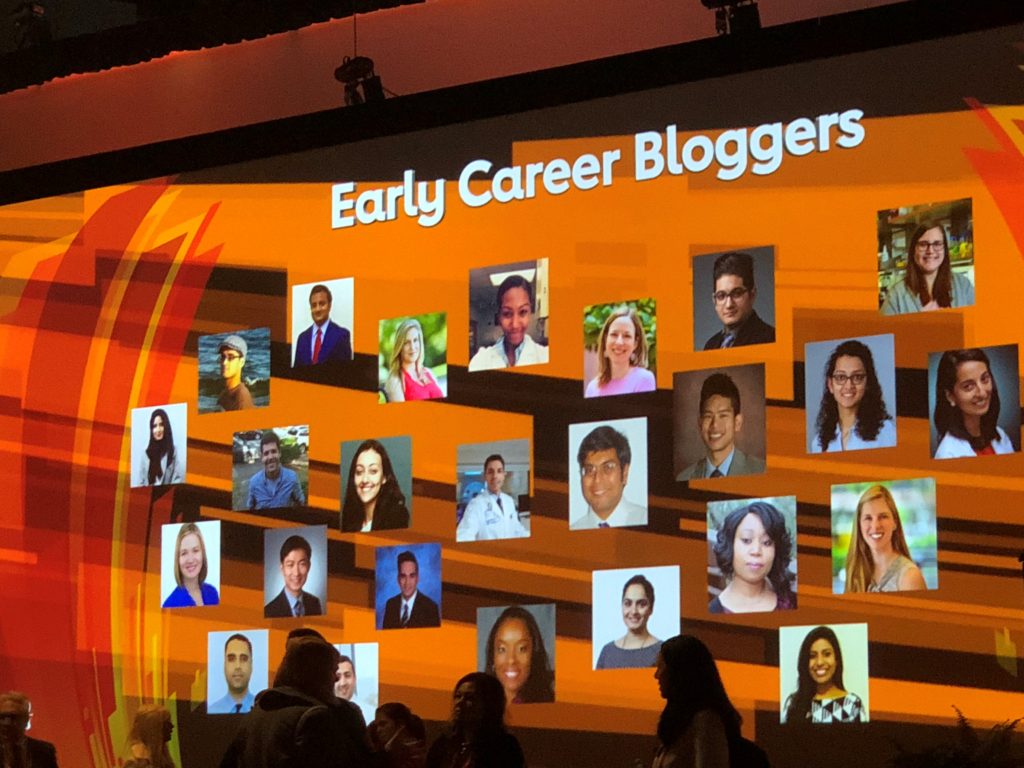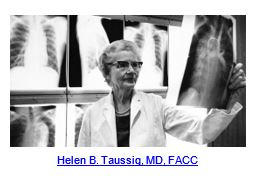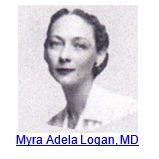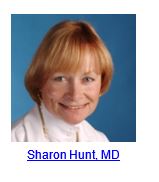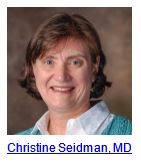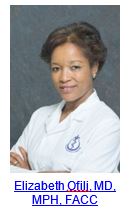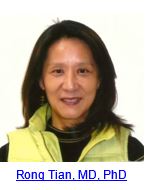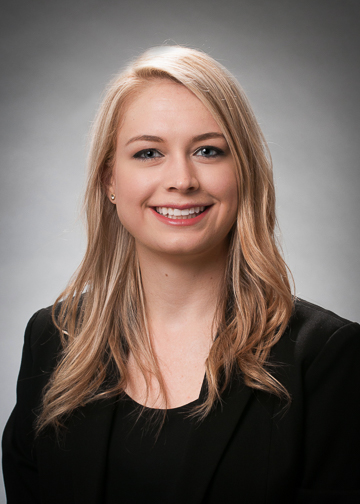How to Shine the Light on Hidden Figures in Science and Medicine
March is Women’s History month and like last year, I wanted to find a way to use this blog as a way to highlight some amazing women scientists and cardiologists. When writing my piece last year, I had a really hard time finding enough information about trailblazing women in cardiology — which was incredibly frustrating since we all know women are a driving force in our field.
I then came to realize, although I wasn’t surprised, that this isn’t specific to our field. One of the main reasons it was hard to make a list of notable women in cardiology is that less than 20% of Wikipedia articles are about women. Even Marie Curie shared her Wikipedia biography with her husband until recently. If winning a Nobel Prize doesn’t make you worthy of your own Wikipedia page, I’m not sure what does. This bias has become an issue in part because most of Wikipedia editors are men.
So, how do we fix this? What can you do?
It turns out, the answer to these questions is actually really easy! Since anyone can become an editor on Wikipedia, you yourself can edit or write pages for notable women and other under-represented scientists/physicians. This practice has actually become a popular grassroots movement, with Women in STEM Wikipedia-edit-a-thons sprouting up all over the country — I’ve been to three in the last year!
One of the main drivers of this movement is a physicist at Imperial College London, Dr. Jess Wade, has written over 900 biographies on Wikipedia in just the last couple of years. While writing almost a thousand articles seems a bit overwhelming, you can easily edit a page you think deserves to be beefed up or create one of your own by following this beginner’s guide, which also includes information about how to run your own edit-a-thon if you know of others who are interested. Writing with friends is always more fun. The last edit-a-thon focused on creating pages for under-represented scientists that I attended was this past weekend on International Women’s Day and had a wonderful keynote address from Dr.Maryam Zaringhalam, who has been another driver of making Wikipedia a more inclusive space. In just a couple of hours at this edit-a-thon we added 5 new biographies, made over 200 edits and added over 12,000 words to Wikipedia! This was just our group — on this day, there were actually more than 12 other groups working with us virtually and collectively we added over 60,000 words to Wikipedia. You can actually catch the livestream of this event, including Dr. Zaringhalam’s phenomenal keynote here.
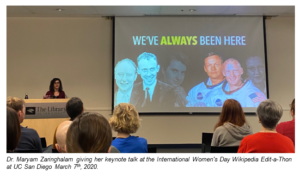
So this Women’s History Month, take action to make our community more inclusive by starting with the internet — it’s easy, rewarding and fun, I promise!
“The views, opinions and positions expressed within this blog are those of the author(s) alone and do not represent those of the American Heart Association. The accuracy, completeness and validity of any statements made within this article are not guaranteed. We accept no liability for any errors, omissions or representations. The copyright of this content belongs to the author and any liability with regards to infringement of intellectual property rights remains with them. The Early Career Voice blog is not intended to provide medical advice or treatment. Only your healthcare provider can provide that. The American Heart Association recommends that you consult your healthcare provider regarding your personal health matters. If you think you are having a heart attack, stroke or another emergency, please call 911 immediately.”


